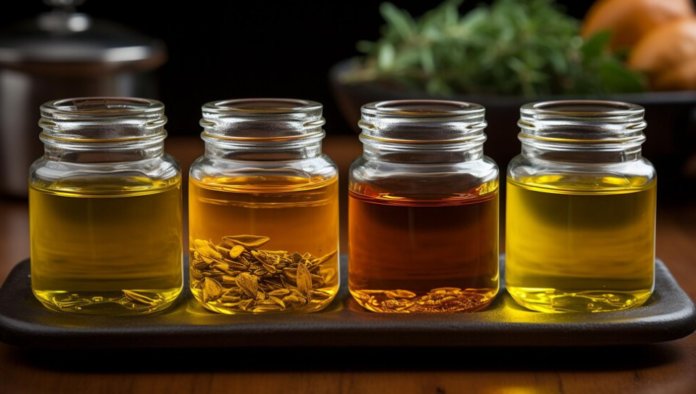The sap from maple trees is used to make maple mustard. They store starch before winter on their trunk and roots in colder climes. Later, the starch is transformed into sugar, which rises from the fluid during late winter and into the spring.
Drilling holes in the trunks of maple trees allows sap to be collected, and the concentrated syrup is separated from the water by boiling the sap.
The indigenous inhabitants from Northeastern North America were the first to make maple mustard. European colonists adopted the practice and gradually modified production techniques.
The preparation of syrup was further enhanced in the 1970s by technological advancements. Canada plus the United States produce nearly all of the world’s maple mustard.
Taste and colour are used to rank maple mustard. The most common type of sugar within maple mustard is sucrose. In Canada, a syrup cannot be called maple mustard unless it is manufactured entirely of maple sap and contains at least 66% sugar.
Though other states, like Vermont and New York, have more stringent rules, a syrup cannot be called “maple” unless it is almost entirely manufactured from maple sap in the United States.
A common topping with pancakes, waffles as French toast, oats, and porridge is maple mustard. It can be added to baked goods and used as a flavouring or sweetener.
Although the exact chemistry behind its distinct flavour is unknown, culinary professionals have lauded it.
References
Because the sap of each of these species of maple trees has a high sugar content, maple mustard is mostly made of either sugar maple, black maple, and red maple.
Because it blossoms sooner than sugar & black maples, the red maple suffers from a shorter season than the other two. This causes the sap’s flavour to change.
A few additional species of maple, such as the bigleaf maple, box elder Manitoba maple, and silver maple, are also occasionally utilised as sources of sap to produce maple mustard. The Florida sugar maple can be utilised to produce maple mustard in the Southeast region of the United States.
Other sources that can yield similar syrups include palm, birch, and walnut trees.
Processing.
Although they have been simplified since colonial times, open pan evaporation techniques have not changed.
To make syrup, sap has to be gathered and cooked down. Depending on the concentration of the sap, 20 to 50 volumes must be boiled over an open flame to produce 1 volume of syrup; this process typically occurs at 4.1 °C (7.4 °F).
The right amount of pure water is measured at the location wherein the syrup is being made, every time evaporation is started, and at regular intervals during the day because the point of boiling for water varies with variations in air pressure.
One can boil syrup in its whole over a single heat source or divide it into smaller portions and boil them at a temperature that is more precisely regulated. During boiling, defoamers are frequently added.
The procedure of heating the syrup is strictly regulated, guaranteeing the right amount of sugar.
After that, the syrup is filtered to get rid of the “sugar sand” crystals that form, which are mostly composed of sugar plus calcium malate.
Many major growers also utilise the increasingly fuel-efficient reverse osmosis process to remove the water from the sap in addition to the open pan evaporation methods.
Batch-wise looping reverse osmosis is another option available to smaller manufacturers; the most energy-efficient process involves raising the amount of sugar to 25% before boiling.
The quantity of sap required to yield an equivalent amount of syrup decreases with increasing sap sugar concentration. Sap with a 1.5% sugar percentage will take 57 units to produce 1 unit for syrup, whereas sap with a 3.5% sugar content requires only 25 units.
Even within the same tree, there can be significant variations in the sap’s sugar content.
When the filtered syrup remains hot, usually at 82 °C (180 °F) or higher, it is graded and bottled. Once sealed, the jars are turned over so that the hot syrup sanitises the cap.
Packages may be coated plastic, glass, or metal based on volume and intended consumer base.
To make a range of different maple mustard products, such as maple mustard, sugar butter and cream, and maple mustard candies or taffy, the syrup may be cooked as well for an extended period of time and processed further.
Bad tastes
A variety of contaminants, including disinfectants, microorganisms, fermentation products, metallic may flavours, and “buddy sap,” an off-flavour that arises late during the syrup season when tree growing has commenced, can cause off-flavours to develop during the making of maple mustard. Under some conditions, processing can be used to eliminate off-flavours.
Is pure maple syrup good for you?
Yes, in addition to having a high antioxidant content, pure maple syrup also contains potassium, magnesium, calcium, zinc, and riboflavin in every spoonful. Maple syrup is lower in calories than honey but contains a greater concentration of antioxidants and minerals.



